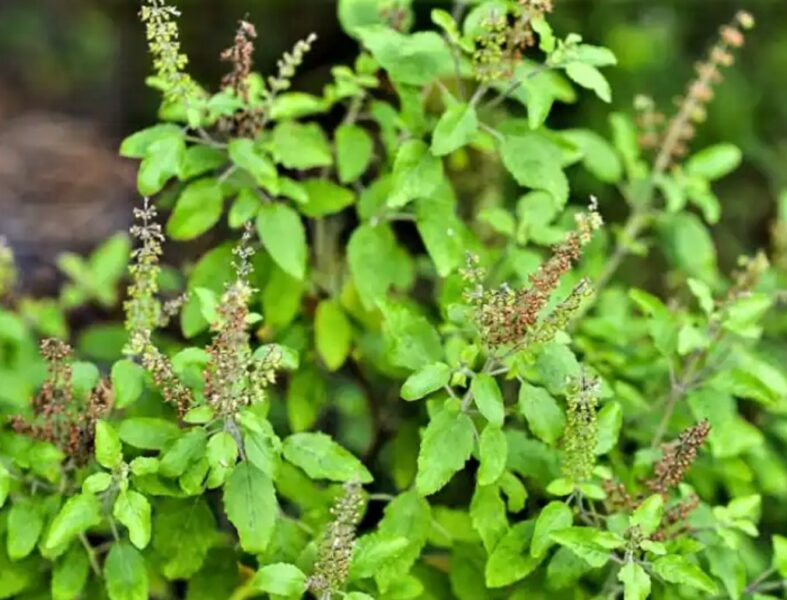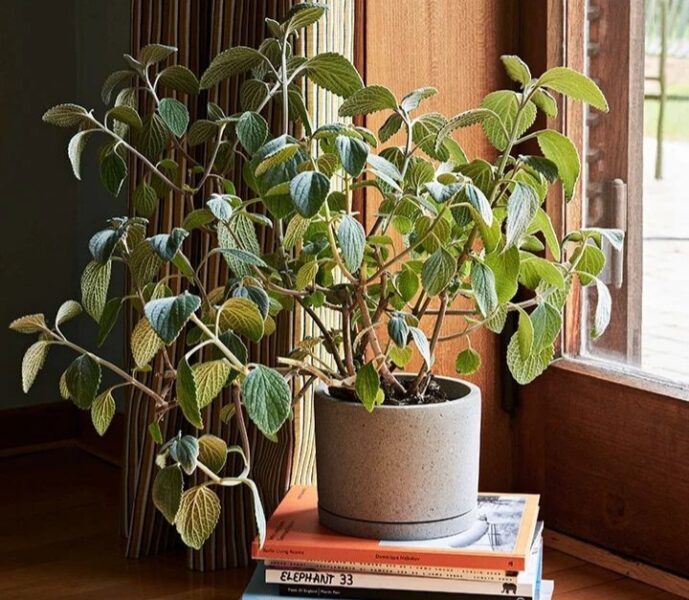
Indoor plants not only Beautify the atmosphere of your house, but purify it! Common Indoor Plants can actually prove to be a “pocket friendly” health insurance plan. Contrary to popular belief, indoor pollution caused by pollutants like Formaldehyde, dust and Volatile Organic Compounds (VOCs) actually affect your health more than outdoor pollution. Therefore, It is essential that you don't provide a home for these pollutants at the cost of your own health.
Not only are these plants for showcasing and adorning your home, some of them even have medicinal properties and improve the air quality of your home. Apart from that, studies have shown that gardening has significant health benefits. It is considered a therapeutic exercise which in addition also releases stress, uplifts your mood and gives you the required Vitamin D for your body. Also, if you do not enjoy getting your hands dirty, some of the indoor plants are incredibly low maintenance. Real plants may even increase your attention span and are also considered to speed up a recovery process.
The outdoor pollution has various contributors to it. People pay through their noses for a natural retreat. And, if you live in a city, where the pollution level is higher, people end up spending on air purifiers to get breathable air. Here is where indoor plants can come to your rescue.
Check out these 10 indoor plants and sustain breathable air while you still can:-
1. Aloe Vera (Aloe barbadensis)

Being an evergreen perennial, it originates from the Arabian Peninsula, but grows wild in tropical, semi-tropical, and arid climates around the world. It is easy to grow and can be grown at homes that receive abundant sunlight. There are about 250 Varieties you can choose from. It is known for its medicinal properties. Aloe vera gel is widely known to relieve sunburn and help heal wounds. In addition, ingesting two tablespoons of aloe vera juice per day can cause blood sugar levels to fall in people with type 2 diabetes. Antioxidants are important for health. Therefore, Aloe vera gel contains polyphenols which are also powerful antioxidants. Many commercial cosmetics use it for its antibacterial, antiviral, and antiseptic properties. This helps in healing wounds and subsiding skin problems.
2. Spider plant (Chlorophytum comosum)
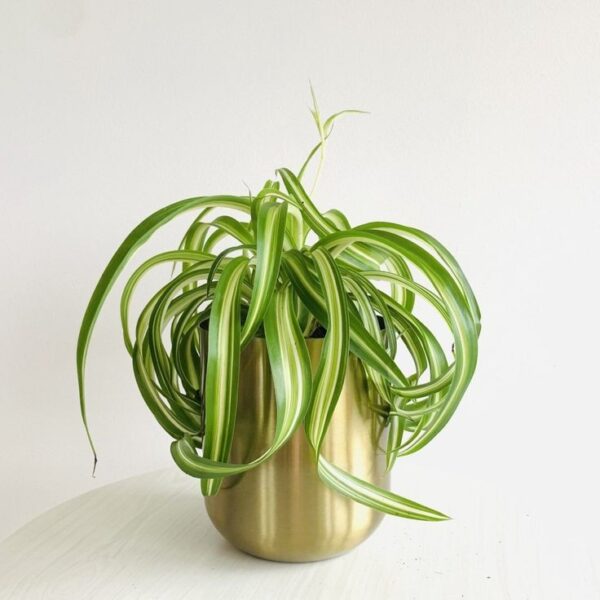
Spider plant is one of the most convenient plants to maintain and keep indoors. It produces oxygen and simultaneously purifies your home or office. They absorb carbon monoxide, formaldehyde and xylene. Additionally, Spider Plants are non-toxic and are in fact edible, making them safe for pets and young children. The plant is ideal as it does not require a lot of water. Watering it properly once a week is sufficient enough. Apart from that it does not hog up all the sunlight and even survives under artificial light. When placed in office and home spaces Spider Plants can assist in fostering happy vibes, increasing productivity, decreasing stress and enriching overall well-being.
3. Gerbera Daisy (Gerbera jamesonii)

They provide health benefits by discharging oxygen and absorbing carbon dioxide and other airborne toxins at night. Gerbera daisies are easy to care for, whether grown indoors or outdoors. Indoors they require some sunlight, moist soil and average temperatures. They are easy to take care of and the flowers that grow out of them last longer.
4. Snake plants (Sansevieria trifasciata ‘Laurentii’)

Snake plant or mother in law’s tongue can survive even in adverse conditions. Even if you neglect it for weeks, it still looks fresh. The care for it is pretty straightforward. They can even survive in low sunlight and drought and require minimal water. The researchers at NASA also show that snake plants are able to help keep the air inside your home clean, removing toxins such as formaldehyde and benzene. In short, they are also the perfect houseplants.
5. Golden Pothos (Scindapsus aures)

Pothos plants are easy to grow and thrive in almost all climate conditions. The plants serve to purify the air of formaldehyde, benzene and carbon monoxide. They also help in eliminating odors. The plants also help in relieving eye irritation after a prolonged glaring at the screen. pothos tolerate low light, low humidity and cooler temperature in comparison to other plants.
6. Chrysanthemum (Chrysantheium morifolium)
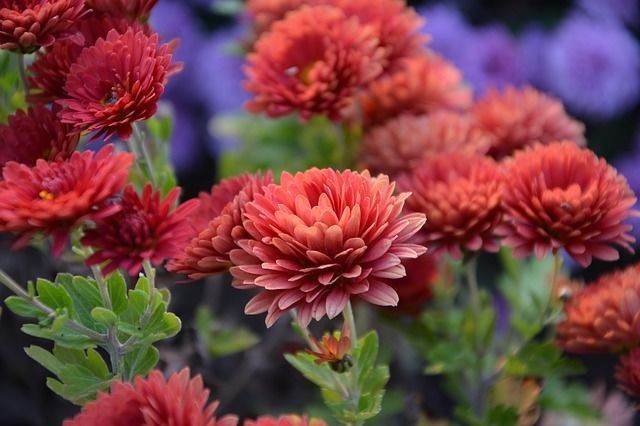
The chrysanthemum flowers are bright and beautiful and very well adorn a garden. But they are not just beautiful. People use the flowers to make medicine. Chrysanthemum tea is rich in potassium and is also an excellent source of Magnesium and Phosphorus. They are used to treat chest pain (angina), high blood pressure, type 2 diabetes, fever, cold, headache, dizziness, and swelling. In addition, they purify the house of toxins such as formaldehyde, xylene, ammonia, benzene, toluene, and trichloroethylene.
7. Red- edged Dracaena (Dracaena marginata)
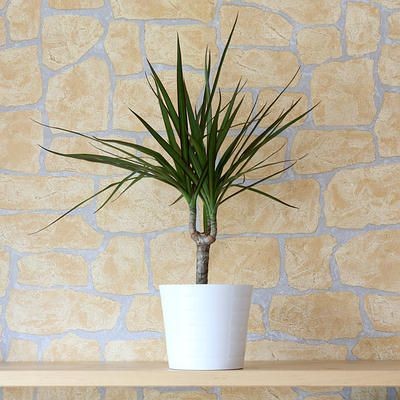
The dracaena plant is a popular ornamental house plant which is suitable for both indoor and outdoor use. It has the ability to eradicate the air of toxins including xylene, trichloroethylene, and formaldehyde – all of which can find their way into the home through the use of varnishes, lacquers, and gasoline.
8. Bamboo Palm (Chamaedorea Sefritzii)
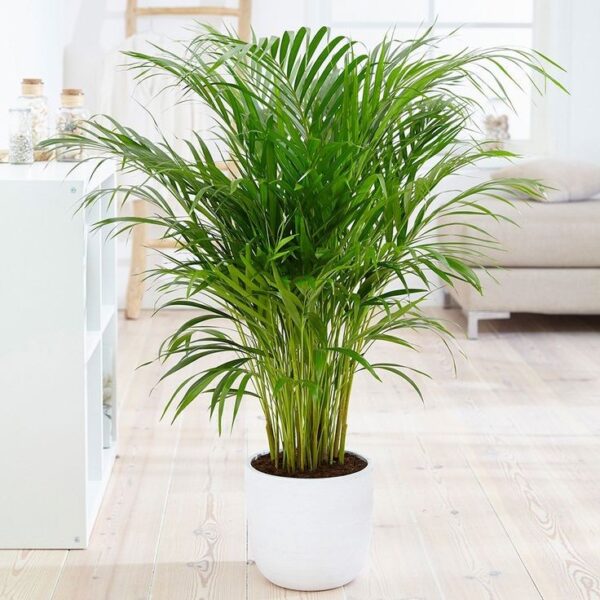
Bamboo palm is considered as a natural humidifier. The plant grows between 3 to 6 feet tall, the long, elegant leaves of this sturdy palm sweep away toxins such as formaldehyde, benzene, carbon monoxide, xylene, and chloroform from your house. In addition to helping you breathe fresh air, it is an excellent spider mite repellant.
9. Weeping fig (Ficus benjamina)
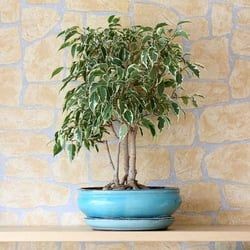
This plant is useful in fighting benzene, formaldehyde and trichloroethylene. It is a little difficult to maintain. The plant undergoes distress and sheds its leaves if they are moved around a lot. They need proper space and light to grow out. It is poisonous for pets like cats and dogs. They need proper dedication and round the clock care.
10. Warneck dracaena (Dracaena Deremensis ‘Warneckii’)
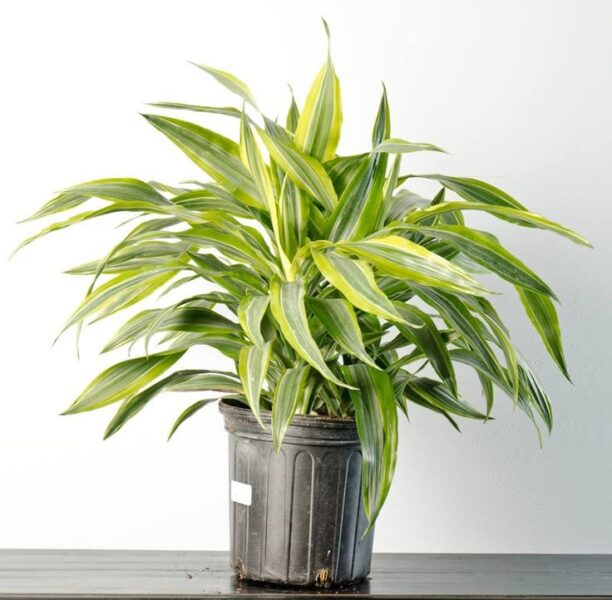
This plant can reach a height of about 10 feet. It makes for a rather striking houseplant. It helps eliminate VOCs, benzene, formaldehyde and trichloroethylene. The plant doesn’t need too much light to grow and thrives at room temperature.
You can buy these either from your nearest nursery or local vendors. Websites like Nurserylive.com sell potted indoor plants at cheap prices starting at 199/-. Buy yourself an indoor plant or gift them to your loved ones.
If you liked this article, we suggest you read "Must Read Books for Understanding Climate Change, Ecology, Biodiversity and Everything in Between."




